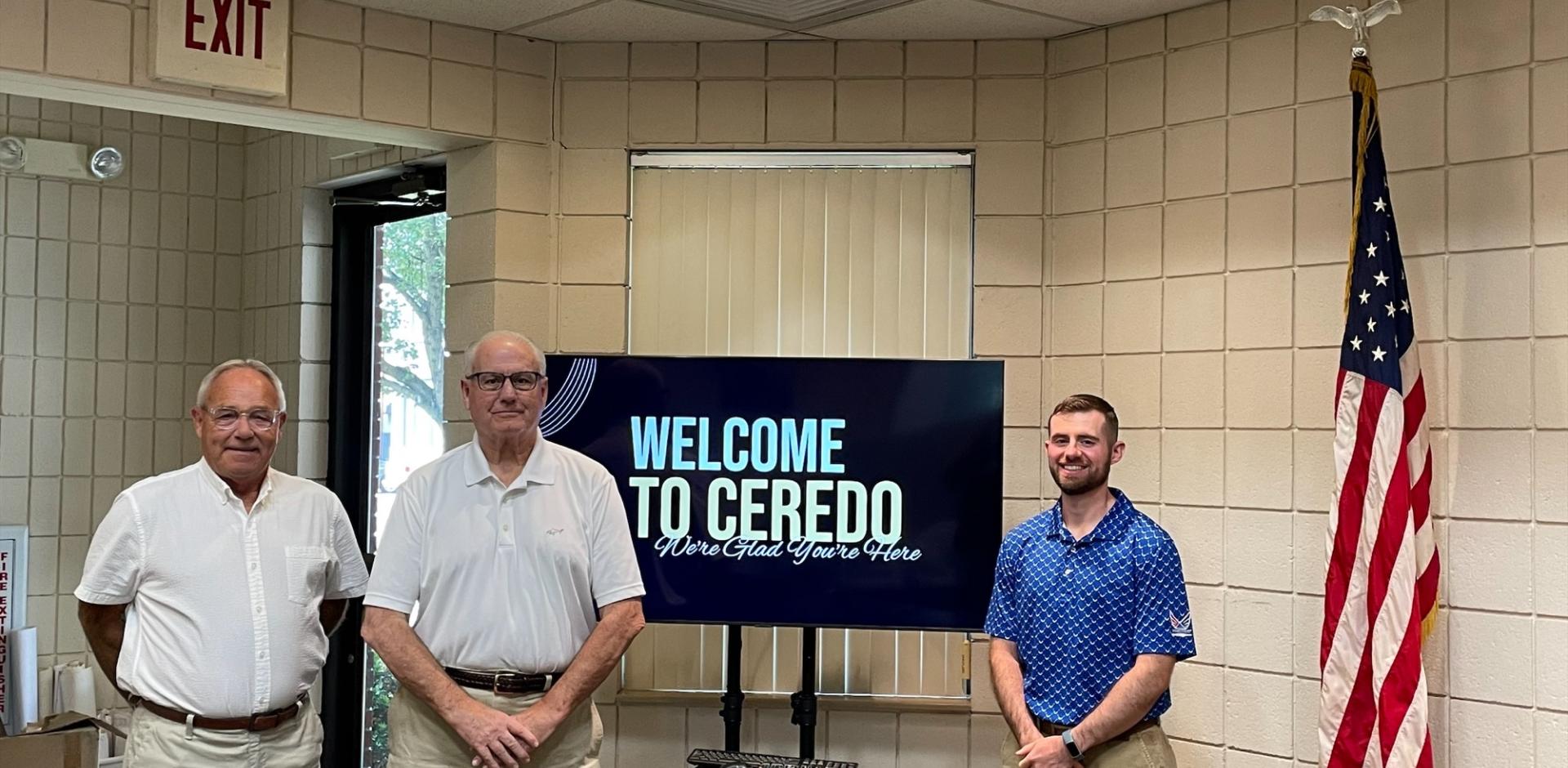
Planning is a much talked about topic in organizations and towns in West Virginia but historically the process has not been given the importance it deserves. Leaders in most rural West Virginia communities wear many hats and bare an immense share of responsibilities for keeping their towns running day to day. These small-town staffs work hard but also understand their communities need more. Town leaders are too often immersed in day-to-day routines without having the opportunity to look toward the future. Many changes occur as a last resort due to debilitation or changes in leadership, but this does not give the communities an opportunity to plan the intricate details or renderings of a project. Additionally, it allows little time to source funding opportunities and define necessary funding goals.
“The role of proper planning cannot be stressed enough when it comes to setting your community up for long-term success,” said USDA Rural Development West Virginia State Director Ryan Thorn. “It’s important to have those planning pieces in place when applying for funding. It’s great to see some of our rural West Virginia communities recognize the importance of comprehensive plans play in maximizing available resources and identifying opportunities and challenges.”
Although planning has not been at the forefront of many rural West Virginian communities, several towns and cities in the Southern WV Community Network are demonstrating that this isn’t universally true and that they’re actively planning for the future. The town of Kermit and cities of Ceredo and Kenova will begin their comprehensive planning process in early 2024. Some entire counties are interested in a county-wide approach with commissioners in Wayne County seeing the importance of each of the county’s municipalities have comprehensive plans. Meanwhile, towns, such as Hamlin, Chapmanville, and Matewan are seeing the need and researching firms and receiving quotes for services.
“Comprehensive plans are important in helping map the future for the town and its citizens,” said Chapmanville Town Councilman Ben DesRocher. “It paints a picture while providing a direction.”
Recently, Chapmanville’s neighboring cities of Madison and Logan had their comprehensive plans completed. Local officials in Logan quickly saw the vision and potential projects that emerged for the town are eager to take action to move the town forward. Their plan produced a 110-page document full of goals, land use and growth options, public service assessments, implementation strategies, and more to guide the future of the city and prepare it for funding opportunities.
Kermit, Ceredo, and Kenova expect to see the same input and value as they enter their comprehensive planning process. Comprehensive planning allows a community to assess its most valued assets, pinpoint areas of opportunity, and provide direction for projects and funding.
Many funders already want to see advanced planning as part of a community’s portfolio, and comprehensive planning is required by Chapter 8A Article 3 of the State code. Communities face troublesome challenges of find funds and time for their comprehensive planning efforts, but many are not only preparing themselves to meet the State’s and funders’ standard but producing actionable plans to help move their projects forward.

